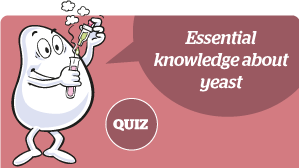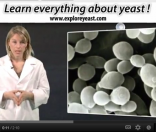This section discusses the multiple possible applications of yeast! Yeast comes in many forms, crumbled, liquid or compressed, and each has its own specific properties. In particular, the transformational capacities of yeast have been instrumental in the ongoing history of both bread and wine making.
The history of yeast was revolutionised when Louis Pasteur discovered the principles of fermentation. When in contact with air, yeast absorbs sugar and transforms it into carbon dioxide. This process releases a large amount of energy that enables the yeast to grow. Without air, yeast and sugar combine to facilitate the production of alcohol. Today, economic priorities and the efforts of yeast development stakeholders combine to ensure that the fascinating history of yeast is far from finished!
The history of yeast was revolutionised when Louis Pasteur discovered the principles of fermentation. When in contact with air, yeast absorbs sugar and transforms it into carbon dioxide. This process releases a large amount of energy that enables the yeast to grow. Without air, yeast and sugar combine to facilitate the production of alcohol. Today, economic priorities and the efforts of yeast development stakeholders combine to ensure that the fascinating history of yeast is far from finished!



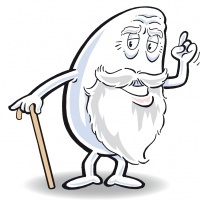

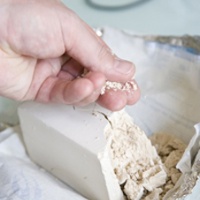
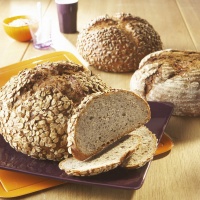



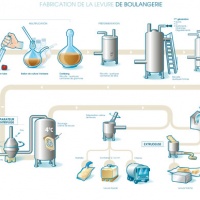
.jpg)
